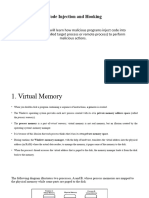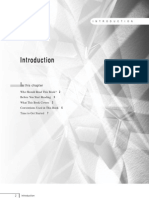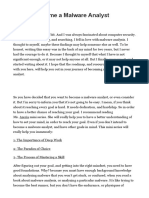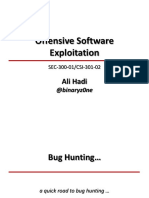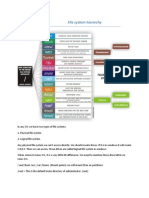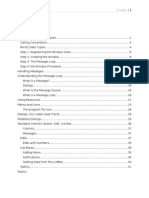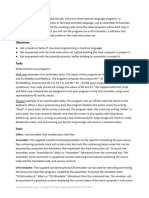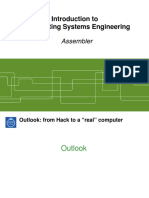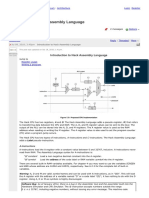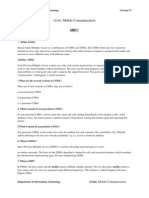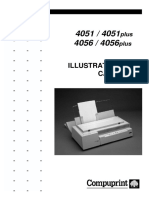100% found this document useful (1 vote)
487 views22 pagesAssembler Tutorial Guide
This tutorial covers assembly programming using an assembler. It provides an example assembly program that calculates the sum from 1 to 100 and stores it in the sum memory location. The assembly program is written in a .asm file and then translated into a .hack machine code file by the assembler. The assembler eliminates comments, whitespace, and allocates variables to memory locations. It also translates each assembly command into a single 16-bit machine code instruction written to the .hack file.
Uploaded by
mh7x33Copyright
© © All Rights Reserved
We take content rights seriously. If you suspect this is your content, claim it here.
Available Formats
Download as PDF, TXT or read online on Scribd
100% found this document useful (1 vote)
487 views22 pagesAssembler Tutorial Guide
This tutorial covers assembly programming using an assembler. It provides an example assembly program that calculates the sum from 1 to 100 and stores it in the sum memory location. The assembly program is written in a .asm file and then translated into a .hack machine code file by the assembler. The assembler eliminates comments, whitespace, and allocates variables to memory locations. It also translates each assembly command into a single 16-bit machine code instruction written to the .hack file.
Uploaded by
mh7x33Copyright
© © All Rights Reserved
We take content rights seriously. If you suspect this is your content, claim it here.
Available Formats
Download as PDF, TXT or read online on Scribd
/ 22


